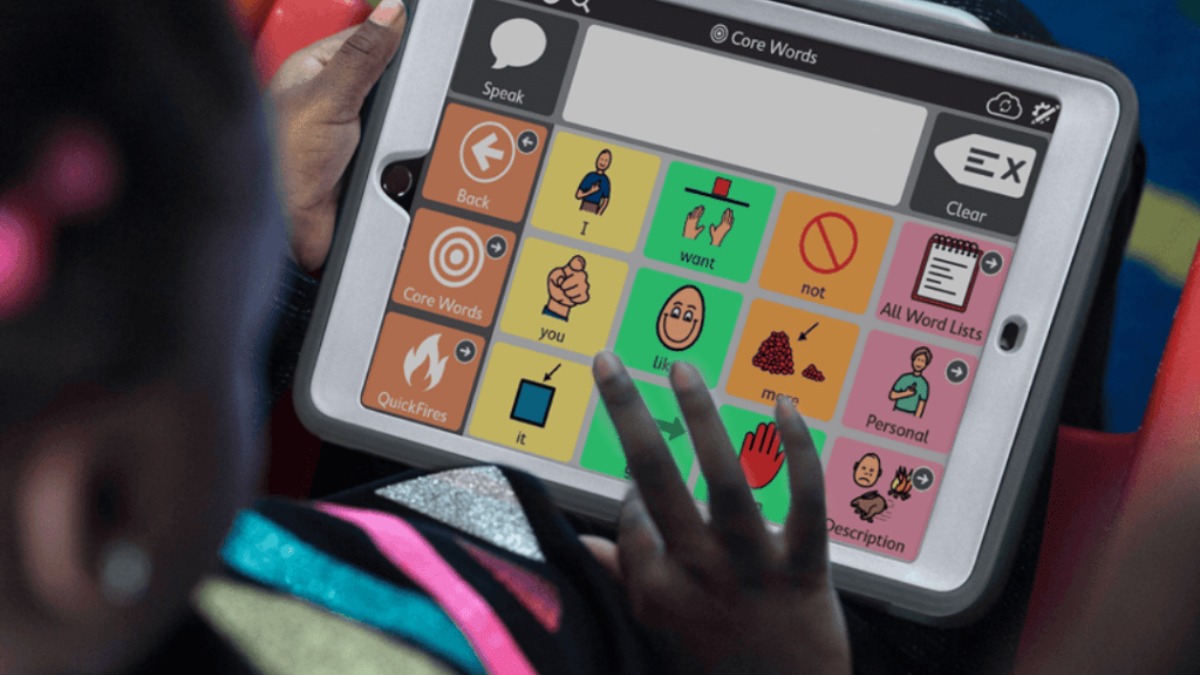Measuring Progress in DIR/Floortime: 5 Tools and Best Practices
February 19, 2025
Discover effective tools and best practices for measuring progress in DIR/Floortime therapy, helping support developmental growth.
.jpg)
Measuring progress in DIR/Floortime requires tailored approaches that respect each child’s developmental pace and unique needs. Unlike traditional therapies that might rely solely on standardized assessments, DIR/Floortime evaluates social-emotional growth, communication skills, and engagement. Progress is gauged through tools that assess developmental milestones, parent feedback, and expert observations, ensuring a holistic understanding of a child's journey.
Why Measuring Progress in DIR/Floortime Matters
Tracking progress in DIR/Floortime is essential for several reasons. It ensures that therapy aligns with a child’s needs, highlights areas of growth, and identifies any gaps in development that require targeted intervention. By measuring outcomes, families gain insight into how well the program is supporting their child.
Key benefits include:
- Understanding developmental milestones achieved over time
- Adjusting intervention strategies as needed
- Providing parents with tangible feedback
This process empowers caregivers and therapists to collaboratively support a child’s ongoing development.
5 Effective Tools for Measuring Progress in DIR/Floortime
Several tools and methods are commonly used to assess progress within DIR/Floortime sessions. These tools help capture both qualitative and quantitative aspects of development.
1. Developmental Milestone Checklists
These checklists track progress in core functional areas such as:
- Emotional regulation
- Communication and language skills
- Problem-solving abilities
Checklists provide a structured way to document observable changes over time.
2. Functional Emotional Developmental Capacities (FEDCs) Assessment
The FEDCs framework is integral to DIR/Floortime, encompassing six key stages of development:
- Regulation and interest in the world
- Engaging and relating
- Purposeful communication
- Problem-solving interactions
- Symbolic thinking
- Emotional and logical thinking
Therapists assess which capacities a child has mastered and identify the next developmental targets.
3. Parent and Caregiver Journals
Encouraging parents to document daily interactions and observations offers valuable insights into how children are applying skills outside of therapy.
Journals may capture moments of social engagement, emotional responses, and communication breakthroughs.
4. Video Recording and Playback Analysis
Recording therapy sessions allows therapists to:
- Analyze interactions in detail
- Highlight progress for parents
- Identify areas for improvement
Video reviews also serve as a reflective tool for therapists to optimize their intervention strategies.
5. Standardized Developmental Tests
Although DIR/Floortime primarily focuses on personalized assessments, standardized tests like the Vineland Adaptive Behavior Scales may complement other tools to provide additional insights.
5 Best Practices for Measuring Progress in DIR/Floortime
Effectively measuring progress in DIR/Floortime involves more than just using the right tools. It requires a thoughtful approach centered on each child’s unique developmental path.
1. Set Clear, Personalized Goals
Every child starts at a different developmental stage. Setting goals tailored to their specific needs is crucial.
- Collaboratively establish short- and long-term goals.
- Focus on emotional regulation, communication, and engagement milestones.
- Regularly review and adjust goals based on progress.
2. Involve Parents in the Process
Parent involvement is a cornerstone of DIR/Floortime. Families offer invaluable perspectives on their child’s progress outside therapy sessions.
- Schedule regular check-ins to discuss observations.
- Provide training for parents to reinforce therapy strategies at home.
- Encourage open communication between therapists and families.
3. Use Data to Inform Practice
While qualitative observations are key, quantitative data can offer additional insights.
- Maintain detailed records of developmental milestones.
- Analyze patterns over time to adjust intervention approaches.
- Compare pre- and post-assessment outcomes to evaluate effectiveness.
4. Conduct Regular Reassessments
Children develop at varying rates, making ongoing assessments essential.
- Schedule periodic evaluations to monitor progress.
- Ensure assessments are comprehensive, covering social, emotional, and cognitive areas.
- Use reassessment data to inform new goals and strategies.
5. Focus on Strengths and Achievements
Highlighting a child’s successes builds confidence and reinforces positive behaviors.
- Celebrate small wins alongside major breakthroughs.
- Use strengths as a foundation for tackling more challenging developmental areas.

3 Common Challenges and How to Overcome Them
While measuring progress in DIR/Floortime is rewarding, it can also be complex. Parents and therapists may face challenges such as inconsistent progress, difficulty tracking subtle changes, or balancing structured assessments with the program’s playful approach.
1. Managing Expectations
Developmental progress isn’t always linear. Parents may feel discouraged if immediate results aren’t apparent.
Solution: Emphasize the importance of long-term growth and celebrate small milestones.
2. Tracking Subtle Changes
Social and emotional development can be nuanced and harder to measure.
Solution: Use detailed observational notes and video recordings to capture subtle shifts.
3. Balancing Assessment with Playful Engagement
Over-assessment may disrupt the natural flow of sessions.
Solution: Integrate assessments seamlessly into playful interactions.
Experience Expert DIR/Floortime Services in New Jersey
Supporting your child’s developmental journey starts with understanding their unique needs and strengths. At WonDIRfulPlay, we specialize in DIR/Floortime therapy, guiding children toward meaningful progress through compassionate, play-based approaches. Our team is dedicated to providing personalized care that fosters growth and joy.
If you're seeking expert DIR/Floortime services in New Jersey, we invite you to reach out. Let’s partner together to unlock your child’s full potential.
Recent articles













.jpg)


.jpg)






.jpg)











.jpg)
.jpg)

.jpg)
.jpg)



.jpg)
.jpg)
.jpg)

.jpg)
.jpg)

.jpg)



.jpg)


.jpg)
%20(1).jpg)

.jpg)






.jpeg)









.jpg)
.jpg)
.jpg)
.jpg)
.jpg)


.jpg)
.jpg)
.jpg)
.jpg)
.jpg)
.jpg)
.jpg)
.jpg)
.jpg)
.jpg)
.jpg)
.jpg)
.jpg)
.jpg)
.jpg)
.jpg)
.jpg)
.jpg)
.jpg)
